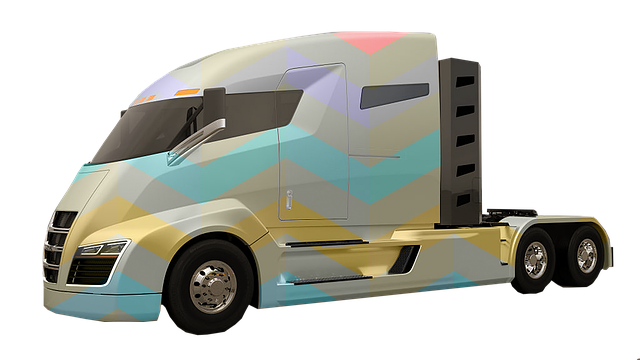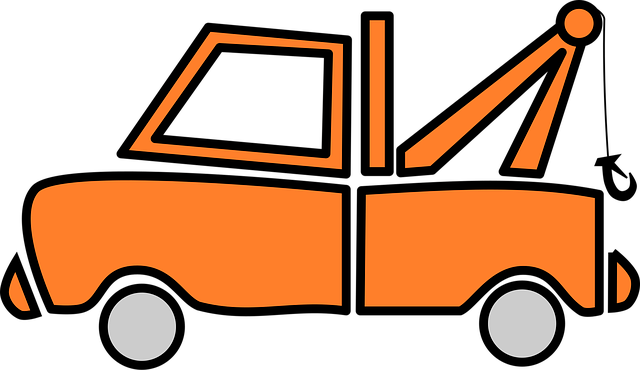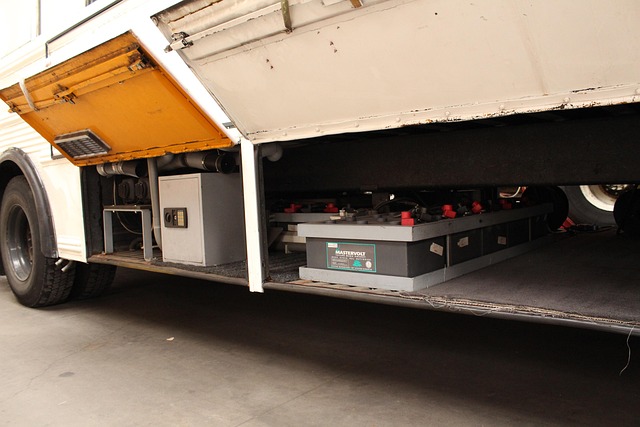Looking to register your car in California? This comprehensive guide walks you through every step of the process, from understanding key requirements to submitting your application. We delve into essential preparations, including gathering necessary documents and utilizing California’s VIN Verifier for accurate vehicle identification. Learn how to ensure a smooth registration experience and stay informed on crucial post-registration actions.
- Understanding the Registration Process
- Preparing Your Documents
- Using the VIN Verifier in California
- Submitting Your Application
- After Registration: Important Next Steps
Understanding the Registration Process

Understanding the Registration Process in California
Registering a car in California involves several key steps that ensure vehicle identification and compliance with state regulations. The process begins with gathering essential documents, including proof of ownership, valid driver’s license, and current insurance card. Once these are ready, the next crucial step is obtaining a Vehicle Identification Number (VIN) verification. This is where a reliable vin verifier plays a vital role. By using specialized tools, such as mobile vin verification or a mobile vin inspector, you can ensure that the VIN on your vehicle matches the records with the California Department of Motor Vehicles (DMV).
The DMV offers various methods for registration, including online and in-person services. However, it’s important to double-check all information before submitting. Inaccurate data may delay the process. After successful verification, you can proceed with filling out the registration form, paying applicable fees, and setting up any necessary emissions tests. This meticulous approach guarantees that your vehicle is officially registered, adhering to California’s legal requirements for roadworthiness and identification.
Preparing Your Documents

Before registering your car in California, it’s crucial to prepare all necessary documents, ensuring a smooth process. The first step involves gathering essential paperwork, including your vehicle’s Registration Application (Form DMV-123), which can be obtained from the California Department of Motor Vehicles (DMV) website or picked up at any local DMV office. Additionally, you’ll need proof of insurance and a valid driver’s license.
One critical document to have ready is the Vehicle Identification Number (VIN) verifier. The VIN is a unique code that identifies your car, and its verification is mandatory for registration. You can obtain this through various methods, including utilizing mobile vin inspection services or visiting an authorized DMV location for a formal vin inspection. Ensuring these documents are in order will significantly facilitate the car registration process in California.
Using the VIN Verifier in California

Using a VIN Verifier in California is a crucial step during the car registration process. The Vehicle Identification Number (VIN) is a unique code that identifies your vehicle, and it’s essential for ensuring accuracy and security when registering. In California, you can utilize a mobile VIN inspection or verification service to streamline this task. These services offer convenient, on-site vehicle checks using advanced technology to verify the VIN’s authenticity.
A mobile vin verifier is particularly handy as it allows you to complete the registration process quickly and efficiently without visiting a DMV office. This method is especially beneficial for those with busy schedules or who prefer a hassle-free experience. By employing these modern solutions, you can ensure a smooth car registration in California, making it easier to keep your vehicle legal and up-to-date.
Submitting Your Application

After gathering all the necessary documents and ensuring your vehicle meets California’s requirements, it’s time to submit your application. You’ll need to complete Form SM 48 (Application for Title and Registration) along with a copy of your vehicle’s registration from the previous state. For added convenience and accuracy, many people opt for a mobile vin inspection or use a vin verifier to check their vehicle’s history before submitting their application.
This process involves double-checking that all information is correct and up-to-date, including the vehicle identification number (VIN). A vin inspection by a qualified professional ensures any discrepancies are caught early on, streamlining the registration process and preventing potential future issues. Once your application is complete and validated, you’ll be one step closer to officially registering your car in California.
After Registration: Important Next Steps

After registering your car in California, there are several crucial next steps to ensure a smooth ownership experience. One critical task is to obtain a Vehicle Identification Number (VIN) verifier from the DMV. This process involves verifying the VIN of your vehicle, which is essential for security and tracking purposes. You can complete this through a mobile VIN inspection or visit a DMV location for a traditional inspection.
Additionally, keeping accurate records of your registration and insurance is vital. Consider storing these documents digitally or in a secure physical location for easy access. It’s also beneficial to familiarize yourself with California’s vehicle maintenance and safety standards, as regular inspections and checks are mandatory to maintain compliance. These steps will not only help you avoid any legal issues but also ensure your car remains safe and roadworthy.
Registering a car in California involves understanding the process, preparing necessary documents, utilizing the VIN verifier for accuracy, submitting your application, and taking crucial next steps post-registration. The VIN verifier plays a vital role in ensuring the legitimacy of your vehicle’s history, simplifying the registration journey. By following these steps diligently, you can navigate the process smoothly and hit the roads legally.
